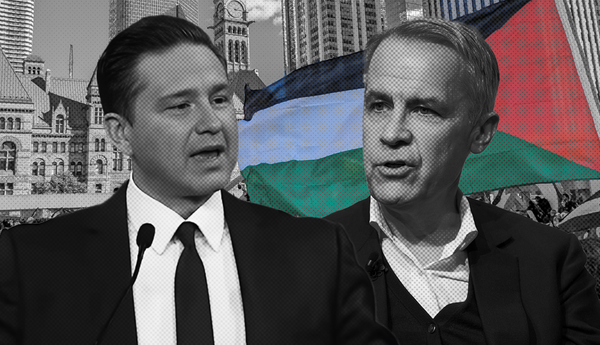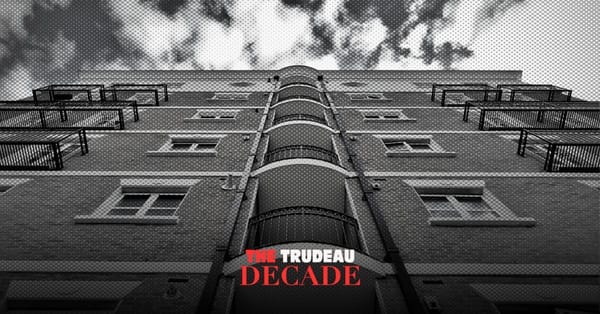After years of pressure, Uber and Lyft have finally wormed their way onto Vancouver’s streets.
On January 23, the province’s Passenger Transportation Board awarded the ride-hailing giants approval to operate in the Lower Mainland and Whistler. Drivers are required to have a Class 4 license, an “acceptable driving record,” and pass a criminal record check, vehicle inspection, and medical exam.
For now, Lyft is only operating in Vancouver’s downtown core and at the Vancouver International Airport, while Uber is covering much of Greater Vancouver, including Burnaby, Richmond, and Surrey.
However, companies have to acquire business licenses from each municipality, which Surrey is currently denying Uber. In turn, the company is seeking an injunction from the courts to stop the municipality from ticketing drivers working without a license, while nine cab companies are themselves seeking an injunction against Lyft and Uber.
The mayor of Surrey and other politicians are absolutely correct to oppose the imposition of ride-hailing onto their municipalities. Overwhelming evidence from years of research shows that Uber and Lyft have disastrous impacts on communities.
Here are only a few of the lowlights.
The supposedly affordable rides offered by Uber and Lyft will be majorly subsidized by investment firms based in the United States. While fares are expected to rise in the wake of the company’s initial public offerings in mid-2019, they remain artificially suppressed as part of a monopolizing strategy modeled by Amazon, which famously didn’t turn a profit for 14 years after going public.
Why do that? To destroy the competition.
Uber’s S-1 filing, submitted prior to going public, explicitly stated its strategy of replacing “public transportation one use case at a time.” Ride-hailing companies profit from poaching affluent riders who would otherwise take transit, a devastating proposition in a city such as Vancouver that boasts one of the few quality transit systems in North America still seeing ridership growth.
We’ve already witnessed this play out in the U.S. Ride-hailing costs Boston’s transit agency an estimated $20 million a year, with a 2018 survey indicating that 42 per cent of ride-hailing users in the city would have otherwise taken transit, while another 12 per cent would have biked or walked.
Another study, which evaluated ride-hailing in 22 U.S. cities, found that it will reduce bus ridership by 1.7 per cent per year, equivalent to a calamitous 13 per cent decline over the course of eight years.
This isn’t hidden knowledge; politicians and regulators are well aware of these facts. They don’t care because they belong to, and represent, a ruling class that doesn’t depend on public transit to live.
After all, ride-hailing is predominantly used by high-income residents. A 2018 poll showed that 41 per cent of Americans with a household income of $90,000 or more reported using ride-hailing, significantly higher than any other income group.
Surge pricing — when rates are multiplied in periods of high demand — further disadvantages low-income residents. Hubert Horan, a leading expert in ride-hailing impacts, has written that, “Surge pricing reduces wait times for wealthier people returning home from restaurants and nightclubs by eliminating all service for lower income people working late night shifts that have no transit options.”
Far from the myth that ride-hailing is simply replacing driving that people would do anyways, and thus freeing up parking space, ride-hailing adds 5.7 billion miles of driving every year in the nine largest American markets. That means more greenhouse gas emissions, congestion, traffic fatalities, and blocking of bike and bus lanes during pick-up and drop-off.
Ride-hailing further undermines accessibility for people with disabilities. Uber and Lyft have been hit with a litany of lawsuits over the years for failing to provide adequate service to people using wheelchairs. In response, companies have claimed that their drivers are independent contractors, so it’s not up to them to guarantee accessibility.
Yet these companies are worth incredible amounts of money. Uber was valued at $82 billion at the time of its initial public offering, while Lyft went public at $24 billion. Much of the revenue generated is transferred through an incredibly elaborate scheme of offshore accounts, with Uber recently establishing a multi-billion tax deduction to reduce its global tax bill for future years.
At the same time, workers are incurring greater stresses for less money. Because drivers are classified as independent contractors, not employees, they have to cover all related costs out of pocket: fuel, maintenance, and bottled water and candy to keep their passengers happy. Combine that with psychological manipulation, rampant anti-unionism and an end goal of eradicating human drivers with autonomous tech — which, regardless of likelihood, is still a serious stressor for drivers — and you’ve got a recipe for truly dystopian labour conditions.
Oh, and ride-hailing companies are collecting enormous amounts of data about their users, much of which is routinely shared with law enforcement. Given Uber’s incredibly shady history of data exploitation, there’s excellent cause for concern.
So, British Columbia just allowed two multinational corporations into its streets that we know will lead to less transit ridership, more automobile usage and even more greenhouse gas emissions in an era of climate crisis. They will further undermine accessibility for people with disabilities, expand precarious and exploitative labour conditions, and funnel money and data to private owners.
The supposedly progressive politicians in the provincial NDP and Vancouver City Council should be deeply ashamed of themselves. But they won’t, because they’re doing their job, which is to facilitate private capital accumulation at the expense of climate and workers.
The bad news is that these companies will be very difficult to effectively regulate, as has been demonstrated around the world. Cities such as London and New York have achieved some wins on this front, but they’re short-term and always vulnerable to repeal.
While we should struggle to limit the expansion of these companies, our work must focus on the articulation of alternatives to this political capitulation. This is where the good news comes in: these alternatives are very obvious and easily organized around.
Fare-free transit — a policy that has been implemented in more than 100 cities around the world, including Dunkirk, France, and soon Kansas City, Missouri — greatly increases ridership, improves efficiency of service and eliminates the crisis of racist fare enforcement.
Alongside this demand must be paired significantly improved transit service: better coverage, more frequency and reliability (especially during off-peak hours) and improved required amenities including snow clearing of sidewalks, heated and cooled bus shelters, and accessible public washrooms.
All of this costs money, of course. But the funding required pales in comparison to the costs of automobility and lack of transportation access, along with the enormous wealth currently hoarded by a few dozen families in Canada. That’s to say nothing of the terrifyingly destructive impacts to come if we don’t immediately reduce greenhouse gas emissions.
Ride-hailing is nothing but a distraction to these goals, worsening existing conditions while pretending to serve as some kind of miraculous stopgap.
Vancouver’s political elites have reminded us that they won’t build communities that are just, resilient, accessible and beautiful.
As always, that’s up to us. Get on board.






